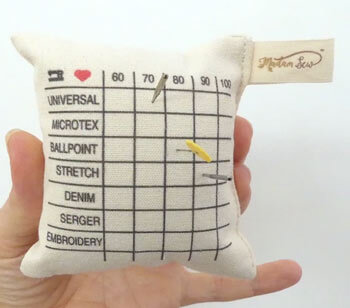This post contains affiliate links for which I receive compensation
Sewing Machine Problems - Threading breaking
by Juanita
I have a Juki TL-98 QE and a GMQ pro frame. When I first started on a simple solid quilt sandwich, the quilting was fine and smooth.
I decided to quilt some community quilt tops--I did the first one with a flannel background. Of course, I started getting skipped stitches. Found out you really have to clean the lint out well and changed the needle frequently. Didn't really help much.
The next one I did had a cheap backing. That skipped stitches a lot and the upper thread broke a lot.
Now, I'm on the third. By the way, I learned that I have been using the wrong quilting thread for about 19 years, so I bought 100% cotton threads to do these quilts right. My thread continues to break frequently and usually frays first.
I am also getting skipped stitches occasionally. Am I going too fast with my quilting because when I slow down really slow it seems to not skip as much although it does continue to break--maybe then I'm going too slow?
HELP! This is really getting frustrating. Would appreciate any help or suggestions. Thanks!
Reply
Though I'm sure you already know this...new quilting project, new needle. And remember, that just because the needle is from a new package, doesn't mean it's a perfect needle.There are a number of reasons that thread breaks and frays. But let's start with...
The Quilting Stitch
Quilting thread is pushed and pulled through your quilt sandwich by the needle as much as 20 times before it actually becomes a stitch in your quilt. That's a lot of friction and wear and tear.Choose your sewing machine needle based on the type of thread and then the type of fabric used in our quilt.
The eye of your needle should be 2 to 3 times larger than the diameter of the thread. The largest needle eyes belong to the Schmetz Metallic and Topstitching needles. Both have eyes that are 2mm. Other needle types (Universal, Quilting, etc.) have eyes that are smaller or larger based on the size printed on the needle packaging.
Fraying thread is typically caused by using a needle is either too small in diameter (it's "Size", i.e. 80/12, 75/11, etc) or the eye is too small. The thread is abraded during stitching until it breaks.
Chose the needle point (type of needle, i.e. Universal, quilting, etc.) based on the type of fabric you are quilting. High thread count fabrics need a very sharp point like a Microtex Sharp.
A larger needle size makes a larger hole in your quilt sandwich. If the thread is fine, but the needle used is larger, you can end up with unsightly "holes" because the thread is too fine to fill them.
Now let's apply this to your situation...
Cheaper fabric can feel stiffer because of the way it's processed. The dyes used often feel more like paint. This "build up" on the cloth creates more friction and abrades the thread as you stitch.I suggest first moving to the next largest size needle. If you're using an 80/12, move to a 90/14. Test.
If this doesn't work, change the needle type. I suggest either a Topstitching or Metafil needle. Both have the larger eye. Test again.
As you noticed slowing down the stitching speed reduces the amount of breakage. That's because you've reduced the friction.
Be sure to use a quality thread. Both Aurifil's 50 wt cotton or Superior's Masterpiece, a 50 wt cotton, are nice machine quilting threads.
As for the skipped stitches, it can be something as simple as changing the needle or reducing the needle tension or something more serious like a burr. You will find more information at Skipped Stitches.
Check out Breaking Needle Thread to find a list of other reasons for thread breakage if my suggestions above don't work.
For more information on needles, go to Sewing Machine Needles.
I hope I've been of some help.
Piecefully,
Julie Baird
Editor
Comments for Sewing Machine Problems - Threading breaking
|
||
|
||
|
||
|
||
|
||
|
||
|
||

















